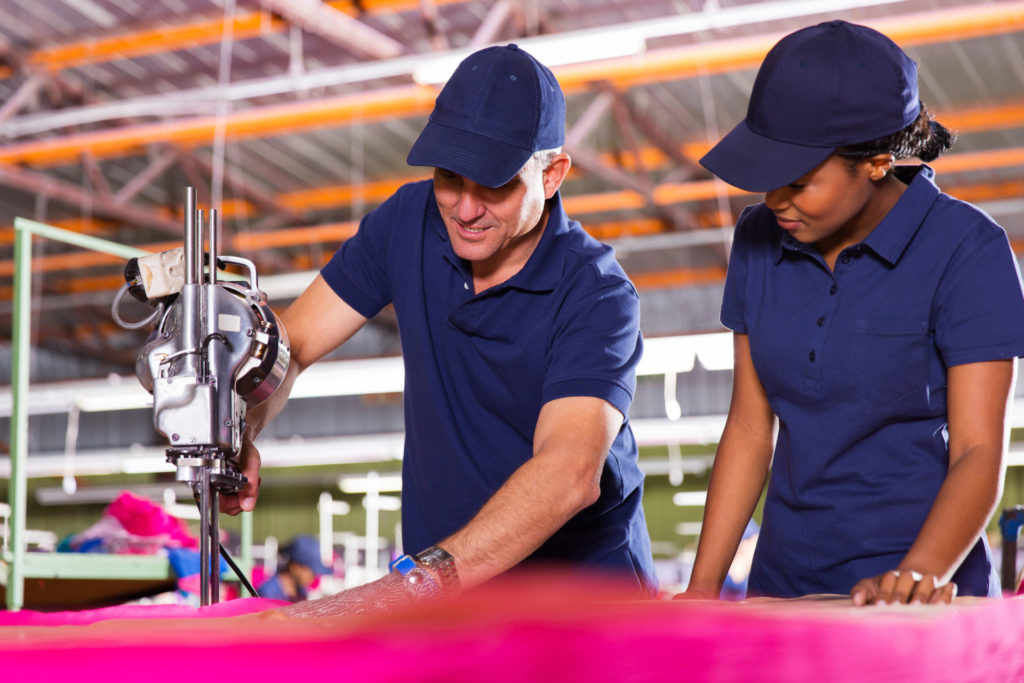
Strategies for Employee Engagement in Manufacturing Workplaces
For manufacturing and industrial production managers, the simple act of walking onto the shop floor and chatting with an operator has become challenging amid the COVID-19 pandemic. With social-distancing regulations in place and fewer workers allowed onsite, more and more production managers are working remotely and communicating with their teams virtually. Unfortunately, this lack of day-to-day, face-to-face interaction can lead to disconnected workers who often are unengaged and unproductive.
To avoid these potential pitfalls, manufacturing and industrial operations must invest in the right resources and tools to help their teams cope, remain engaged, and maintain productivity. These resources and tools are now front and centre, in light of a recent study that found 26% of workers are not happy at their current jobs.
Maintaining high levels of employee engagement in an organization has now become vital. Similarly to provide the flexibility and guidance employees need. People-centric management can and arguably should be adapted to promote environments where employees feel heard and feel a sense of community. Even within environments where the working day is frenetic and challenging, which we know to circumstances in which employee disengagement is often the highest
Let’s take a look at some things companies should consider:
Boost accountability
It might feel like professional milestones have gone out the window, but sticking to performance expectations and providing flexibility in meeting those expectations will keep your employees motivated.
Now is the time to ensure you’re clearly communicating how each employee’s performance relates to business objectives. This can help ease employees’ anxiety, lift workplace morale, and improve productivity. This should not be a one-time exercise, though. Frequent updates about individual performance and organizational goals are key.
Fortunately, tools are available to boost accountability and keep track of performance. These tools enable you to set and view goals for your team or your company, create workflows that can be attached to the goals, and cascade those goals throughout the organization to monitor everyone’s progress.
Again, this effort requires consistent, regular communication supported by various types of technology. The ability to praise colleagues online and provide immediate feedback through online tools will remain mission-critical during the pandemic. Keep in mind that a vacuum of information can lead to concern and confusion in the workforce!
Local Values
Regional hubs for manufacture, culturally operate as microcosms of a larger enterprise in many cases. Specific guidance nuance and management style accompany slightly different local company cultures. All of which is fine and expected. Though it should be promoted
For globally dispersed enterprises it can be extremely difficult to maintain cultural alignment across a hegemonic HQ born value system. It’s nigh on impossible to maintain with such volatility and ambient concern across the workforce. Instead, brands can promote microcosm culture, nested within the larger brand values.
Mini tribes of incredibly loyal of engaged teams will be far stronger than a thin blue line
So, ask yourself what makes your site different from the others? Who are the personalities? Put the local culture on a pedestal
Make room for socialization
Workplace changes associated with COVID-19 have created a sense of uncertainty and detachment for some workers, emphasizing the need for production managers to exercise empathy in their leadership. In the absence of the proverbial water cooler or breaks on the factory floor, many organizations have created regular online events with their teams that have nothing to do with day-to-day work, such as virtual happy hours and online poker games, etc. Some tools even allow coworkers to give feedback to one another, a critical workplace function when face-to-face communication isn’t always possible.
Ultimately, tech-powered socialization ensures employees feel like they’re part of something greater, rather than feeling like they’re operating in a silo. The coronavirus pandemic is already unsettling enough. You don’t want coworkers to be further unsettled by missing out on a strong sense of camaraderie during a nerve-racking time.
Learn How Beem Helps Manufacture Organisations Adjust to the New Normal
Schedule check-ins
Since spontaneous encounters are far less likely today, managers should create check-in opportunities, even for seemingly small matters. Most of us are dealing with both personal and professional pressures nowadays; regularly scheduled check-ins can go a long way toward relieving those pressures.
In a survey done by Brandon Hall Group, anywhere from 47% to 60% of employers (depending on their size) cited one of their biggest pandemic-related HR concerns as employees being less connected with their managers.
For managers, regular check-ins — best done by video or phone — provide a chance to hear employees’ concerns and answer their questions. Check-ins also show that you care about your employees as both colleagues and individuals. Remember to do more listening than talking.
During these check-ins, pay attention not just to what an employee says but how they say it. Tone of voice and facial expressions often tell you more than words alone about how an employee is holding up.
Establish a hybrid communication strategy
It’s not enough to simply communicate more often. Instead, manufacturers must embrace a multifaceted communication strategy. Aside from the usual suspects — texting and email, for instance — you might look at forward-thinking technology that incorporates elements such as personalized dashboards, online praise, group communication, idea and knowledge sharing, and real-time surveys to engage employees.
This hybrid strategy must go two ways, with managers and employers both being able to initiate communication. Keeping the lines of communication open during the pandemic can put employees at ease about health and safety protocols and other issues that pop up.
—
While workplace communication during COVID-19 has been turned on its ear, empathetic leadership can help ensure employees feel heard, appreciated and part of a team. It’s important to keep in mind that while sharing factual information with employees is extremely important, leadership must work to serve their emotional needs as well. Utilizing the actions and communication strategies above will help maintain a healthy workplace culture that enables employees to do their best work.
